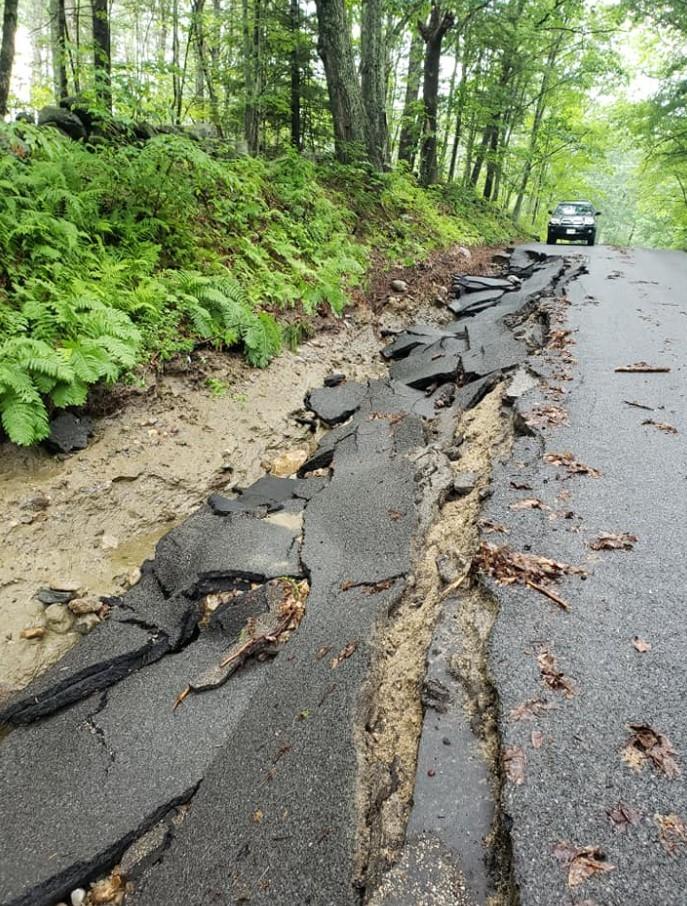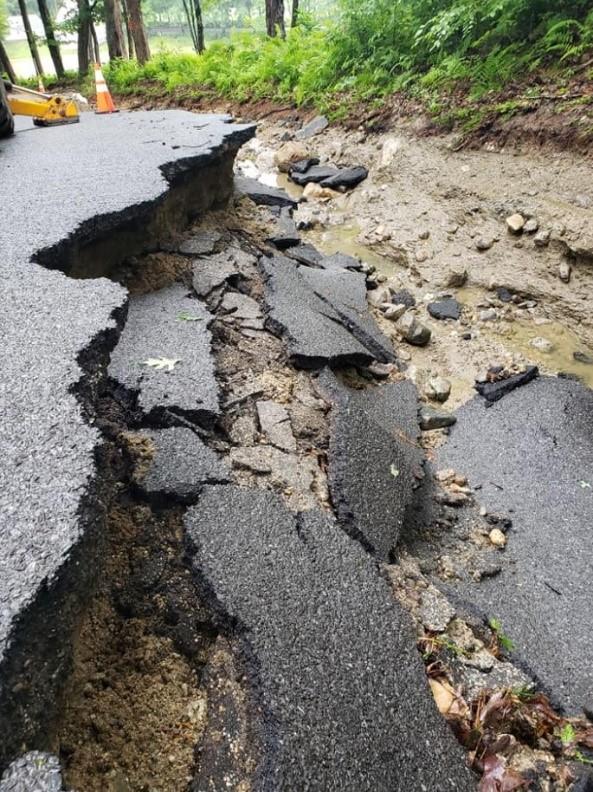transportation asset management
Concerned about the resilience of your transportation infrastructure assets? Do you have a good handle on where your next roadway “problem area” may be? Towns and DPWs have enough on their plate on a daily basis keeping up with regular maintenance and project activities to not have to worry about emergencies like washed out culverts or roadways. CEIs innovative approach to asset management can help communities inventory and prioritize their transportation infrastructure.
Key Benefits
- Risk Reduction
Your community can become more resilient to climate change knowing where vulnerabilities exist, having the ability to plan necessary mitigation ahead of storm events and having the access to shared data to coordinate emergency responses with first responders. In addition, for example, culverts that may be susceptible to failure due to undersizing or condition deficiencies can be identified and prioritized according to road criticality.
- Cost Savings
CEI can prepare customized data collection forms to meet the needs of individual communities and our GIS staff can assist or host your asset data providing a cost-effective solution. Inventory data output can be used to justify maintenance, inform capital funding as part of your annual budget process and prioritize projects. Another advantage is combining all your data together in one easy-to-access place using industry standard software. Data can be sorted to identify top needs to be able to respond quickly to funding opportunities by having “shovel ready” needs ready.
- Knowledge in the Field
CEI field crews are highly experienced in data collection across a wide variety of types of assets meaning your inventory will have accurate, consistent data. Data can be accessed by your staff in the field using ArcGIS online allowing real time data.
Solutions
Drainage Systems
Catch Basins and Manholes
- Collect location, material type and condition data
- Elevation data for rims, pipe inverts, and structure bottom
Pipes
- Record pipe sizes, types and condition
Roadway System
- Pavement condition/pavement management
- Guardrail inventories, type, condition, end treatments
- Pavement markings
Culverts
- Structure characteristics, type, size, dimensions
- Structure condition, undermining, cracking, corrosion, spalling
- Foundation condition, scour, undermining, settlement
- Roadway condition above the crossing, cracks, potholes, embankment loss
- Channel condition, erosion, degradation, vegetative distress
- Hydraulic assessment, signs of flooding, bankfull widths
case study - east bridgewater culvert assessment
CEI recently worked with the Town of East Bridgewater, MA to produce Culvert Assessments for 11 culverts in Town which do not receive MassDOT routine inspection. The assessments were based on visual observations from field reconnaissance of the crossings, existing file information furnished by the Town, and available information from published sources such as MassGIS mapping and data layers.
Based on field inspection information and desktop analysis findings CEI prioritized the 11 crossings in order of need for repairs or replacement to create a Culvert Capital Plan. The prioritization was a points-based system reflecting the numerous categories of collected data. If needed, proposed replacement structures with estimated design, permitting, bid services, and construction costs were provided for each crossing recommended for improvements/ replacement.
CEI provided the following information:
- Culvert information detailing the background information of the 11 crossings. Identification numbers were assigned to each culvert based on the List of Bridges and Culverts the Town supplied to CEI. Data consisted of typical culvert characteristics: type, size, length, appurtenances, etc.
- Culvert Condition Assessment Summary describing the visual observations from the field reconnaissance efforts at each crossing. The overall condition of the structure, appurtenances, hydrologic/ hydraulic compatibility, and embankments are detailed. Each crossing was classified with a condition assessment rating based on its current state. A Culvert Assessment Photograph attachment was provided for each culvert inspected. These photos show the various conditions and issues found at each culvert during the inspection process.

- A points-based scoring system was used to prioritize the need for repairs or replacement at each of the stream crossings. The categories reflect the data collected during the field inspections. CEI’s Condition Rating Guide was used to mimic the MassDOT scoring system where higher point values indicate better overall condition and a lower score indicates poor to critical conditions.
- CEI’s recommendations describe the corrective actions recommended at each culvert. These recommendations range from routine inspections to complete structure replacement. Estimated repair and replacement costs were provided for each crossing with a replacement cost estimate. Conceptual level estimates for engineering design, permitting, bid services, and construction/maintenance costs were provided where applicable. CEI also identified low priority crossings that have the potential for in-house remediation, which generally include items such as embankment stabilization and guardrail repair.
As a result of the Culvert Capital Plan, CEI is currently working with the Town to engineer and permit several culverts repair efforts throughout the community.




